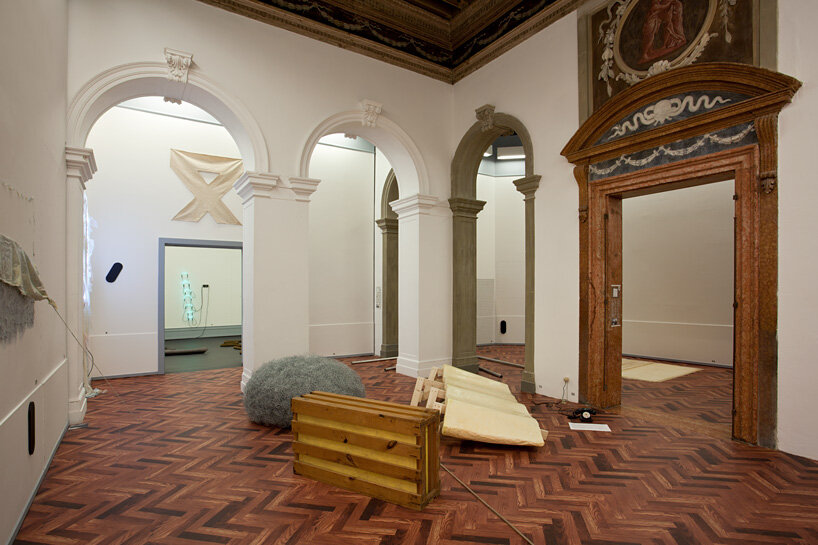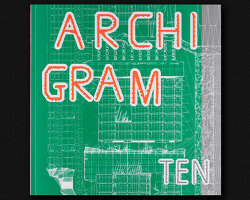
‘art or sound’, fondazione prada, ca’ corner della regina, venezia, 2014. exhibition view, photo by attilio maranzano, courtesy fondazione prada, milano
KEEP UP WITH OUR DAILY AND WEEKLY NEWSLETTERS
outdoor subterranean oculi, called skyspaces, will frame the shifting hues of the sky to reveal phenomena rarely visible to the naked eye.
visionary director and artist david lynch has passed away on january 16th, 2025, at the age of 78.
connections: +110
the largest exhibition dedicated to the artist in france is now on view at the grand palais in paris, bringing together large-scale installations, sculptures, photographs, drawings, performance videos and archive documents.
from art and design fairs, to public art activations and museum exhibitions, explore all the highlights taking place from december 1st — 8th.

 germano celant all’interno della mostra / germano celant in the exhibition ‘post zang tumb tuuum. art life politics: italia 1918-1943’,
germano celant all’interno della mostra / germano celant in the exhibition ‘post zang tumb tuuum. art life politics: italia 1918-1943’,  ‘when attitudes become form. bern 1969/venice 2013’, fondazione prada, ca’ corner della regina, venezia, 2013.
‘when attitudes become form. bern 1969/venice 2013’, fondazione prada, ca’ corner della regina, venezia, 2013. image © designboom
image © designboom image © designboom
image © designboom image © designboom
image © designboom image © designboom
image © designboom image © designboom
image © designboom image © designboom
image © designboom ‘germano celant: the story of (my) exhibitions’ book cover
‘germano celant: the story of (my) exhibitions’ book cover












